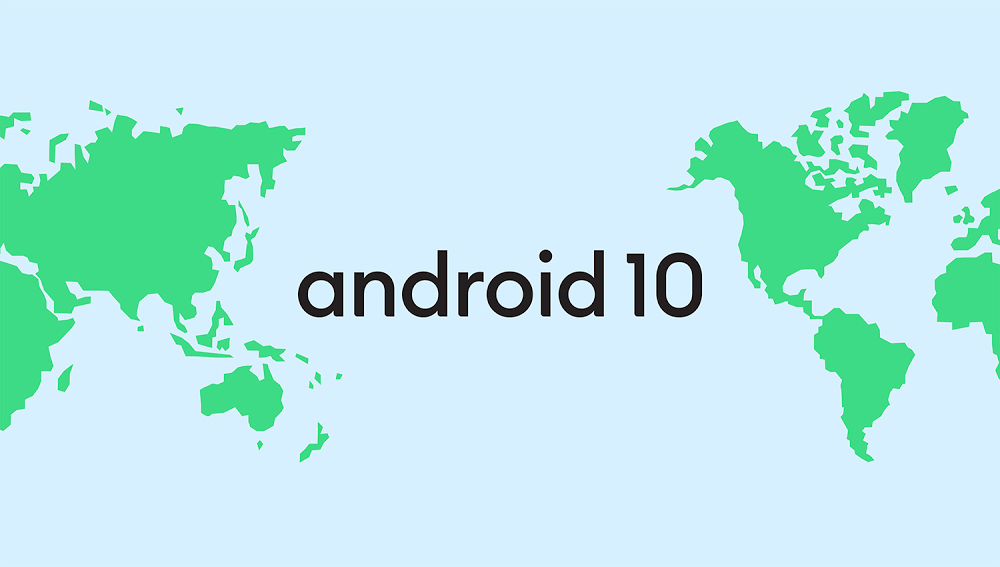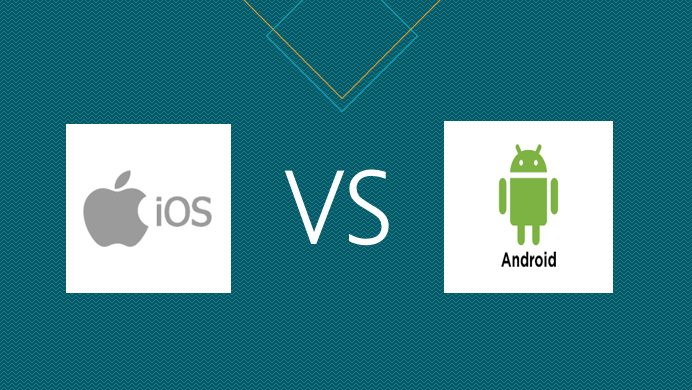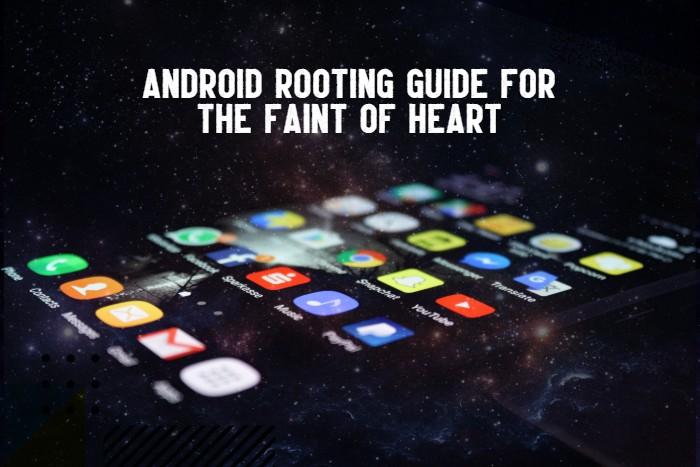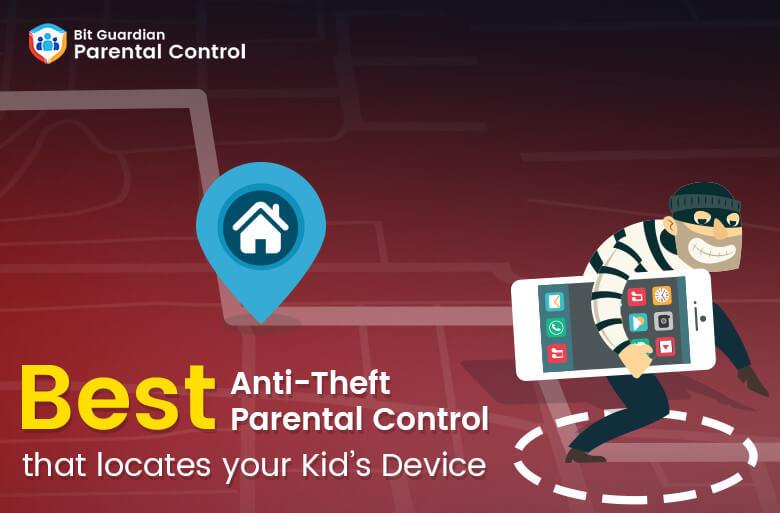Android 10: Everything you need to know!

Index Of The Blog
[responsivevoice_button voice=”UK English Female” buttontext=”Listen to Post”]
Android 10:
The next version of Android is (almost) here. It’s chock-full of new features, has a renewed focus on privacy, and for the first time in Android history, doesn’t have a tasty dessert name to accompany it.
That’s right. Android Q is officially called Android 10, and it’s bringing a lot of goodies to go along with it.
Eager to learn more? Here’s everything you need to know!
Google is done with dessert names
There’s no dessert name — Android Q is just “Android 10”

For the last few months, there’s been endless speculation regarding Android Q’s name. Ever since Android 1.5 Cupcake, every version of Android has had a tasty dessert name to accompany it. With Android Q, however, things are changing.
Google is officially done with dessert names and is instead shifting to a simpler numerical naming scheme. As such, Android Q’s official name is simply “Android 10.”
For the first time since 2014, Google’s refreshing the Android brand’s look and feel, consisting of a redesigned logo that prominently features a green robot head. Whenever you see the Android logo text, you’ll now also see that little robot.
While it’s cool to see that Google is putting such a big focus on Android’s robot friend, its head is the only part that’s sticking around — the rest of its body is gone for good.
Android as an operating system is staying the same, but its image is changing quite drastically. The logo is cleaner and more playful while dessert names are done for and being replaced by numbers. To get a more in-depth look at what’s going on here, be sure to check out both of Andrew’s articles on this subject.
A public beta is now live for multiple Android phones
Typically with Android releases, Google launches a developer preview for its next Android version in March, followed up with a public beta that anyone can join in May when it hosts its annual Google I/O conference.
This year, Google decided to do things a little differently by pushing its first developer preview and public beta on the same day on March 13, 2019. On April 3, Beta 2 was released with some bug fixes and new features. This was followed up with Beta 3 which Google launched on May 7 during its annual I/O conference, and on June 5, Beta 4 made its debut. Beta 5 dropped on July 10, and most recently, Beta 6 (the last beta) was launched on August 7.
In addition to Pixel phones, you can also sign up for the Android 10 beta for the OnePlus 6T, Sony Xperia Z3, and LG G8. In fact, the beta is live for 20 phones across 12 manufacturers. After logging into your account and choosing the device you want to enroll in the beta, you’ll receive an over-the-air update on your phone to download and install Android 10.
The iconic back button is going away
The back button, a navigation staple of Android, is officially going away with Android 10.
Following up on Pie’s gesture-based navigation that kept the aging back button around, Android 10 now features a fully gesture-based method of navigation. Swiping up goes home, a swipe up and hold reveals the multitasking menu, and a swipe from the left or right edge of your screen goes back.
The iconic back button is going away
The back button, a navigation staple of Android, is officially going away with Android 10.
Following up on Pie’s gesture-based navigation that kept the aging back button around, Android 10 now features a fully gesture-based method of navigation. Swiping up goes home, a swipe up and hold reveals the multitasking menu, and a swipe from the left or right edge of your screen goes back.
That’s a pretty big shift for Android navigation, and according to Google, it’s evolving app design so that the first swipe will open a side menu and a double swipe will take you back.
There’s finally a system-wide dark mode!
After years of begging and praying, Google’s confirmed that Android 10 will have a system-wide dark theme that can be turned on and off at any time via a Quick Settings toggle.
Even better, Google also created a new API that developers can use to have their apps go to a dark theme as well when the system-wide one is turned on.
New theming options
Being able to customize our phones to the fullest extent is one of the things that makes Android so great, and with Android 10, something exciting could be happening on this front.
Initially found in the developer options in Beta 1, there are settings to change the accent color of the entire UI. As of August 7 and Beta 6, the available colors include:
- Blue (default)
- Black
- Green
- Purple
- Cinnamon
- Ocean
- Spac
- Orchid
In Beta 2, a new app appeared called “Pixel Themes.” While not functional quite yet, it’s assumed that this is where these customization tools will live in the final version.
Live Caption transcribes media locally in real-time
Closed captions are crucial for deaf and hard-of-hearing people to understand what’s being said in a video, podcast, game, or any other form of media where words are spoken, and to make sure these are available virtually everywhere, Android 10 comes with a feature called “Live Caption.”
Live Caption is able to provide real-time captions for just about anything on your phone where someone is talking, and the best part is that it happens locally on-device. In other words, no internet connection of any kind is required.
You can turn Live Caption on through Android 10’s accessibility settings, and for a lot of users, this will be a godsend.
Big changes coming to permissions
Privacy is a bigger concern than ever before, and with Android 10, Google is implementing some new features for app permissions to help give you a better understanding and more control over what exactly apps on your phone have access to.
According to Google’s blog post, apps that ask for your location will now reveal a new pop-up asking you if you want to grant location access all the time, only when the app’s being used, or not at all.
Furthermore, Google notes that:
In Android Q, the OS gives users even more control over apps, controlling access to shared files. Users will be able to control apps’ access to the Photos and Videos or the Audio collections via new runtime permissions. For Downloads, apps must use the system file picker, which allows the user to decide which Download files the app can access.
The “Permissions usage” page in Settings has been completely overhauled to show which permissions are being used by how many of your apps, the ability to filter by permissions to see which apps are using certain ones, and a new UI for the “App info” page.
An improved share menu
Android’s share menu has been a hot mess for a while now. The core functionality is fine, but it’s regularly slow to open no matter what phone you’re using. Thankfully, Android 10 addresses this. Google briefly mentions this in its blog post, saying that “the share UI can load instantly when it’s launched” since the shortcuts are “published in advance”, but in day-to-day use, we have a feeling this will be one of 10’s best additions.
Better support for foldable phones
2019 will be the year that foldable phones finally hit the market, and to ensure the experience of these new devices is as good as can be, Google’s optimized Android 10 with foldable-specific features and experiences.
According to Google:
To help your apps to take advantage of these and other large-screen devices, we’ve made a number of improvements in Android Q, including changes to onResume and onPause to support multi-resume and notify your app when it has focus. We’ve also changed how the resizeableActivity manifest attribute works, to help you manage how your app is displayed on foldable and large screens.
These changes are obviously meant for developers, but in the end, it should result in Android 10 being optimized correctly for foldable of all shapes and sizes.
When will Android 10 be released?
On March 13, 2019, Android 10 Beta 1 was launched out in the wild and made available to download on the Pixel, Pixel 2, and Pixel 3 series. Beta 2 was released on April 3, Beta 3 debuted on May 7 during Google I/O, Beta 4 arrived on June 5, Beta 5 hit on July 10, and Beta 6 made an appearance on August 7.
Now, we’re just waiting for the final build of Android 10 to be released at some point before Q3 is over.
Also Read: What is Windows Hello?
Original Post on Android central





